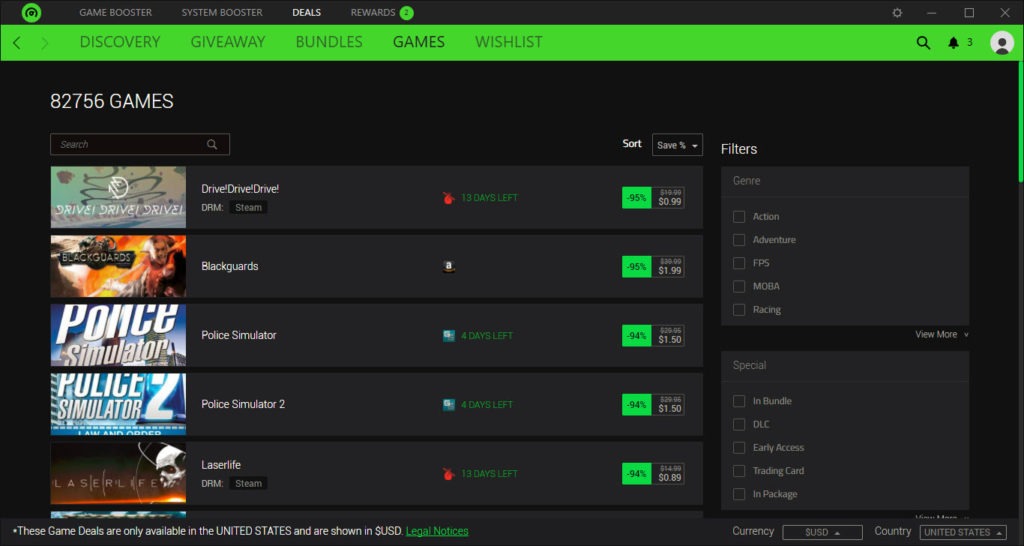

The 32MP auto front camera does an excellent job even in challenging lighting scenarios. The night mode is useful, but it takes a few seconds to process. Low light shots are good with a lot of details and less noise. The BG spin-coating process enhances the optical performance to deliver sharper and more precise images while minimising unwanted artefacts caused by stray light, it added. The ALD ( Atomic Layer Deposition) anti-reflective optical coating prevents green glare and red glare, reducing light reflectivity by up to 70%, said the company. The portrait mode is the best, thanks to the dedicated 64MP telephoto portrait camera with a more accurate DOF, which separates the subject from the background to achieve a natural and realistic bokeh effect based on a device-side training model with several million images, according to OPPO There is a 8MP ultra-wide camera which is also good. 2X is good, but as you zoom in you lose details even though you get up to 120x digital zoom. There is AI mode which recognizes different photo scenes and automatically adjusts camera settings to make boost the colours. The rear camera offers 12.5MP output after pixel binning, and the front camera images are 16MP in size.ĭaylight shots came out well, thanks to the 50MP sensor, and the dynamic range is better with auto HDR. There is Bokeh Flare portrait option for photos, and there are no filters for video.
HOW TO INCREASE FPS WITH RAZER CORTEX PRO
There is Pro mode with RAW option, Extra HD, Panorma, Macro, Flim, Slo-mo, Time-Lapse and Dual-View video. The camera UI in the OxygenOS 13 is familiar.


You can select from vivid, Natural and Pro screen colour modes. It offers good colour output since it has 100% DCI-P3 color gamut, and the sunlight legibility is good as well.

The display is bright since it has up to 1400 nits peak brightness, also offers different levels of brightness adjustment. The phone has 240 Hz touch sampling rate and 450 PPI pixel density.


 0 kommentar(er)
0 kommentar(er)
